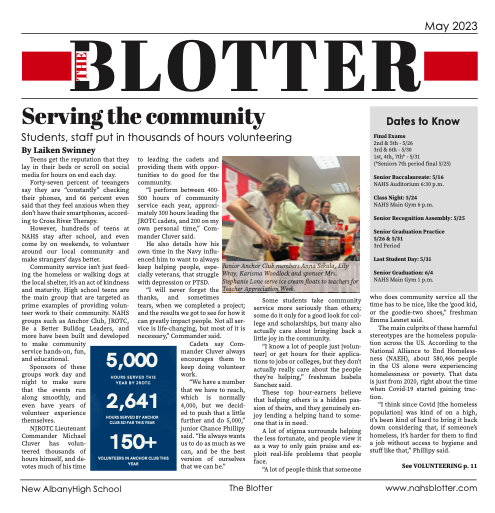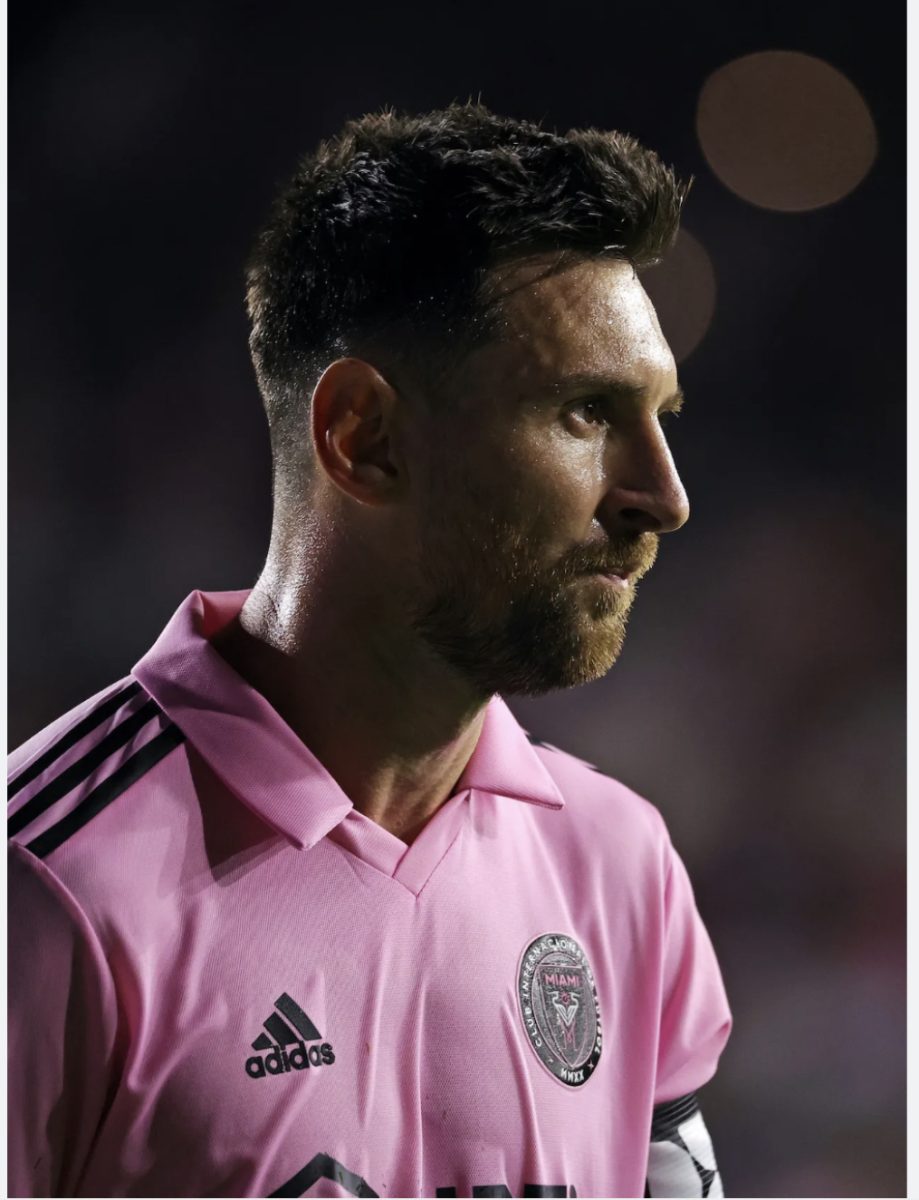By: Katherine Kerr
Bright lights, big cities, celebrities, photographers, models and- all of these things are what come to mind when a person hears the words “Fashion Week.” Although all of these thoughts are accurate to some extent, there is much more that goes on behind the scenes that most people aren’t able to see. With New York Fashion Week just a few weeks ago, I thought I would examine the several perks and misconceptions present within Lincoln Center with the help of an annual attendee, Jo Ross.
Among several perks of Fashion Week, the most obvious are the collections. Although meeting and observing professional designers at work can be fascinating, their final product is the most enticing part. Rightfully so, because these designers have spent a year in preparation for what they hope will shock and turn heads.
“My favorite part [of Fashion Week] is getting to see the best designers showing their collections,” Ross said. “A collection is a good one when it is well thought out, looks congruous, is well accessorized and enhances or flatters the models.”
A “bad” collection, Ross says, is “a poorly constructed group of outfits that don’t seem to demonstrate any particular point of view, or are made in such abstracts that no one could ever wear them.”
With that being said, there is also the common misconception that all looks sent down a runway are not wearable and are merely a novelty for show. However, this is hardly ever the case. While many of the looks sent down the runway are rightfully considered “abstract” or “out there”, they can be worn by fashion icons and celebrities to several events- the main one being awards shows.
Not everyone is a celebrity or fashion icon, though, and Fashion Week has picked up on that in the past couple of seasons. Another perk is the way that designers have started to gear their collections towards buyers with a lower budget. Chains like Target and J. Crew have started showing at Fashion Week and have gained some of the same attention as world-renowned designers. These collections are almost as high in demand as collections by designers like Michael Kors and Betsey Johnson. As for designers who have showed for years, Proenza Schouler, Missoni, and most recently, Jason Wu, many have began collaborating with Target chains and H&M’s all over the country for those with a not-so-large budget.
For people interested in a career in fashion and/or the fashion week experience, Ross suggests, “Learn as much as you possibly can about sewing, fabrics, detailing, illustrating, photography, hair design, makeup and all [of] the various designers and what they stand for. Analyze what you see in the magazines.”







